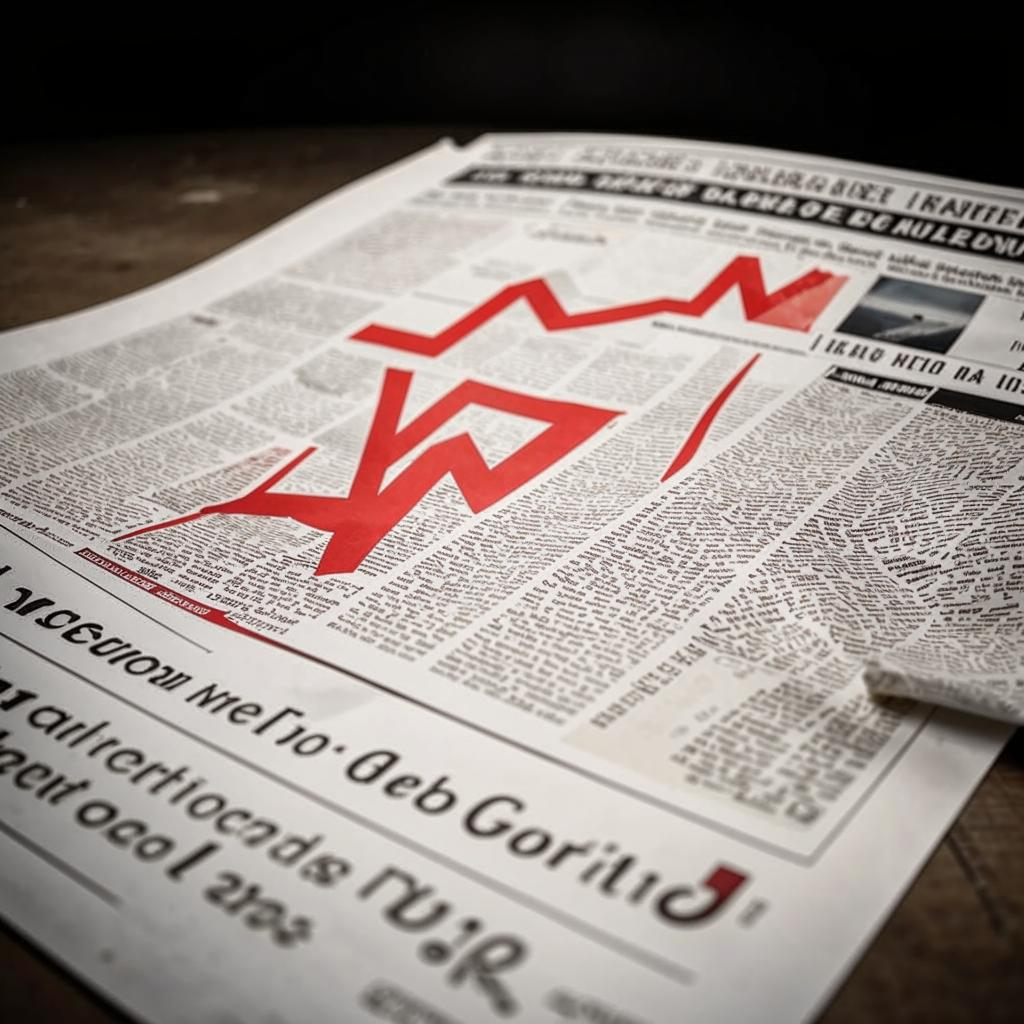The Reserve Bank of Australia (RBA) has played a crucial role in shaping the nation’s economy through its monetary policy, particularly its management of the cash rate. Since 1990, Australia has witnessed various economic cycles, each influencing the RBA’s decisions regarding interest rates.
In the early 1990s, Australia faced a recession, prompting the RBA to lower interest rates to stimulate economic activity. This easing of monetary policy aimed to encourage borrowing and investment, thereby boosting economic growth. As the economy recovered, the RBA gradually increased interest rates to prevent inflation from rising too quickly.
The late 1990s and early 2000s saw a period of relative stability and economic expansion, fueled by the resources boom. The RBA maintained a relatively stable interest rate environment during this time, focusing on keeping inflation within its target range of 2-3%.
The Global Financial Crisis (GFC) in 2008 presented a significant challenge to the Australian economy. The RBA responded aggressively by cutting interest rates to support economic growth and prevent a severe downturn. This proactive approach helped Australia avoid a recession, unlike many other developed countries.
In recent years, the RBA has faced new challenges, including low inflation and subdued wage growth. In response, the RBA has lowered interest rates to historically low levels to stimulate economic activity. The COVID-19 pandemic further complicated the situation, leading to further interest rate cuts and unconventional monetary policy measures. The current economic climate sees the RBA navigating a path between controlling inflation and supporting economic recovery. The future of Australian interest rates hinges on global economic trends and domestic conditions. Finishtit















